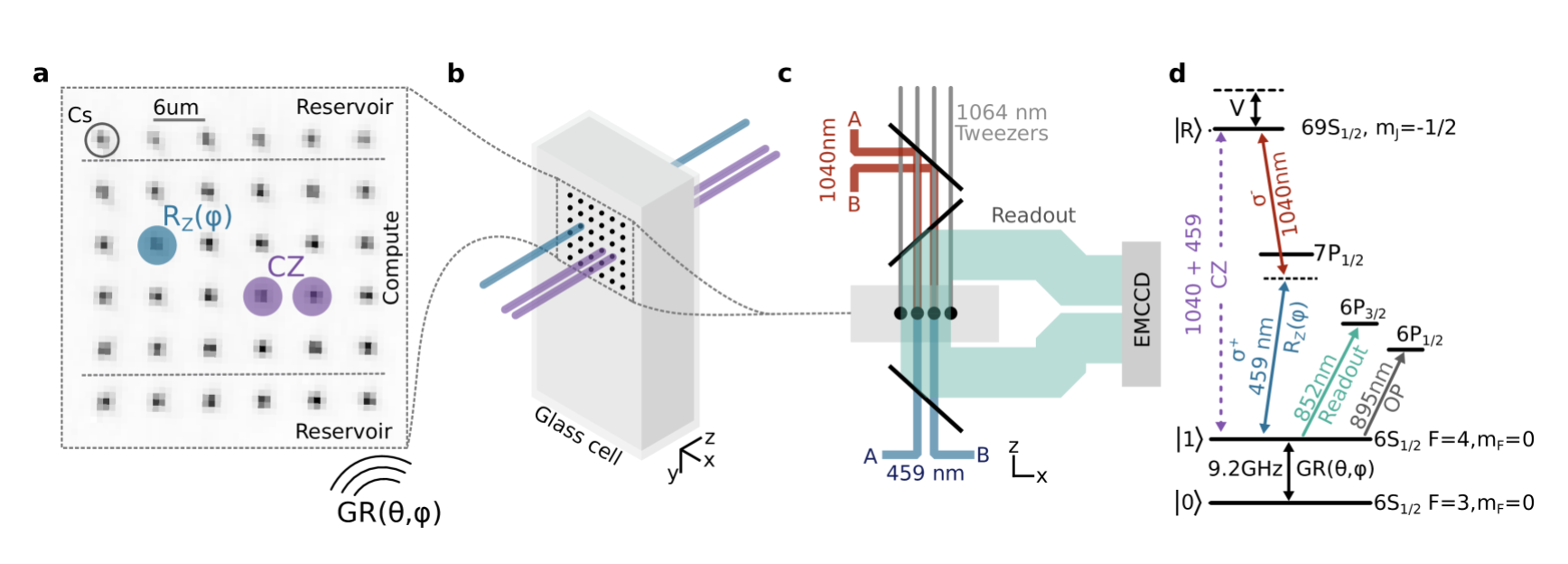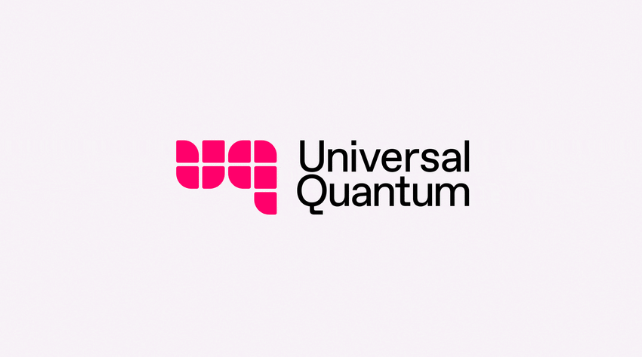Insider Brief
- Infleqtion scientists report on advances in the use of stationary neutral atoms as qubits, controlled by tightly focused laser beams, to significantly boost the speed and precision of quantum operations.
- The researchers achieved record-setting fidelities, with entangling gate fidelity at 99.35% and single-qubit gate fidelity at 99.902%, surpassing necessary thresholds for quantum error correction.
- A new non-destructive readout technique allows qubits to be measured without resetting, enhancing both the speed and reliability of quantum computations.
Infleqtion scientists report they have developed a technique for quantum computing that could significantly boost the speed and precision of quantum operations by using stationary neutral atoms as qubits, controlled with tightly focused laser beams—eliminating the slower, less efficient method of physically moving — or shuttling — qubits.
Infleqtion is a leading science-based company focused on the development of cutting-edge quantum computing technologies, particularly in the area of neutral-atom quantum systems.
According to the researchers, who report their findings in the pre-print server ArXIv, quantum computing has been touted for its potential to add more computational power to fields such as material science, cryptography, pharmaceuticals and machine learning by solving complex problems that are currently beyond the reach of classical computers,.

To realize this potential, however, the team writes that quantum computers need to be fault-tolerant, meaning they must be able to operate accurately even when some of their components fail or make errors. Achieving fault tolerance requires a large number of qubits and, critically, very high-fidelity quantum gates—basic operations that manipulate qubits.
In a step in that direction, the Infleqtion team reported achieving an entangling gate fidelity of 99.35(4)% and a single-qubit gate fidelity of 99.902(8)%. These figures surpass the error correction thresholds necessary for certain quantum error correction (QEC) codes, which are essential for maintaining the accuracy of quantum computations as the number of qubits scales up.
“Our research represents a critical step towards large-scale, fault-tolerant neutral-atom quantum computers that can execute computations on practical timescales,” the researchers write in the paper.
Optical Addressing
To achieve these results, the researchers employed a full-stack neutral-atom quantum computer that uses Cesium atoms as qubits. These atoms are trapped and cooled in an optical tweezer array, creating a defect-free grid of 24 qubits. Once the qubits are prepared, they are manipulated using microwave and laser pulses to implement quantum circuits. According to the team, one significant innovation in this system is the optical addressing of individual qubits. Unlike previous methods that required physically moving qubits to execute operations, which added considerable time to computations, this method uses tightly focused laser beams to control qubits without needing to move them. This results in significantly faster operations.
The team also developed a non-destructive readout technique. In traditional approaches, measuring the state of a qubit would destroy it, requiring a reset before the next operation. This process not only slows down computation but also limits the ability to perform mid-circuit measurements, which are essential for advanced quantum error correction protocols, according to the researchers. The non-destructive readout technique allows qubits to be measured without disturbing their arrangement, thus enabling faster and more reliable quantum computations. The researchers reported achieving a bright-dark discrimination fidelity of 99.6(2)% and a state-averaged loss rate of just 0.86(25)%, marking a significant improvement over existing methods.
Expanding the Scope of Quantum Computing
The study also addressed the challenge of qubit coherence, which refers to how long a qubit can maintain its quantum state before environmental factors cause it to lose information—a phenomenon known as decoherence. The researchers extended the qubit coherence time to over 2.8 seconds by using dynamical decoupling sequences, a technique that protects qubits from external disturbances. This extension of coherence time is critical, as it allows quantum gates to operate with higher accuracy and reliability.
Future Directions and Potential Applications
There are still some limitations with the system, according to the paper. The performance is influenced by fluctuations in the experimental environment, particularly variations in the magnetic field that can lead to decoherence. Additionally, the current architecture may not support all-to-all connectivity between qubits, which would be beneficial for certain quantum algorithms. The researchers suggest that future work could explore hybrid architectures that combine the advantages of individual optical addressing with some degree of qubit shuttling to enhance connectivity and overall system performance.
Looking forward, the researchers are focused on further enhancing the fidelity and scalability of their quantum computer. One promising area of development is transitioning to single-photon Rydberg excitation, which could reduce the complexity of the system and further improve gate fidelities. The team is also exploring methods to increase the number of qubits in the array, with the ambitious goal of trapping over 10,000 qubits in a single system. Achieving this scale would be a significant milestone in the quest to build a practical, large-scale quantum computer.
In terms of practical applications, non-destructive readout and high-fidelity gates could facilitate the implementation of more complex quantum error correction protocols. These protocols are essential for achieving fault-tolerant quantum computing, which in turn is necessary for running large-scale quantum algorithms that can address real-world problems in fields such as cryptography, material science and pharmaceuticals.
“Our work demonstrates important new capabilities on the path to fault-tolerant quantum computing. By combining high-fidelity gates with non-destructive readout, we are creating a platform that can support the development of more advanced quantum error correction techniques and ultimately enable practical, large-scale quantum computations,” the researchers said.

















